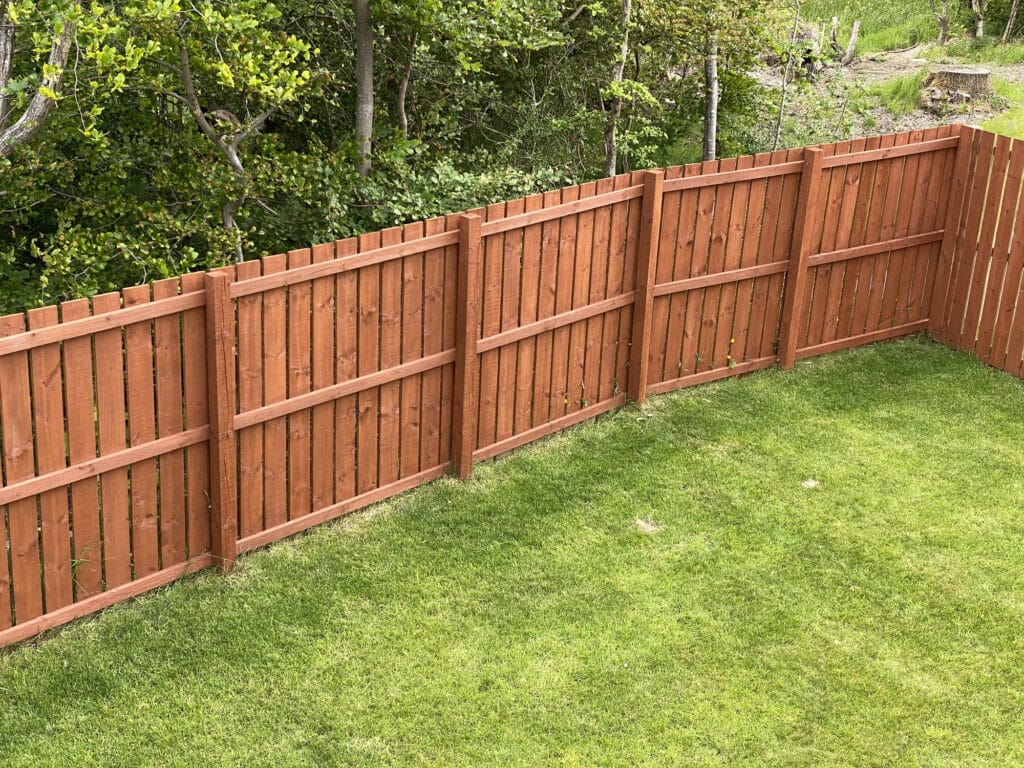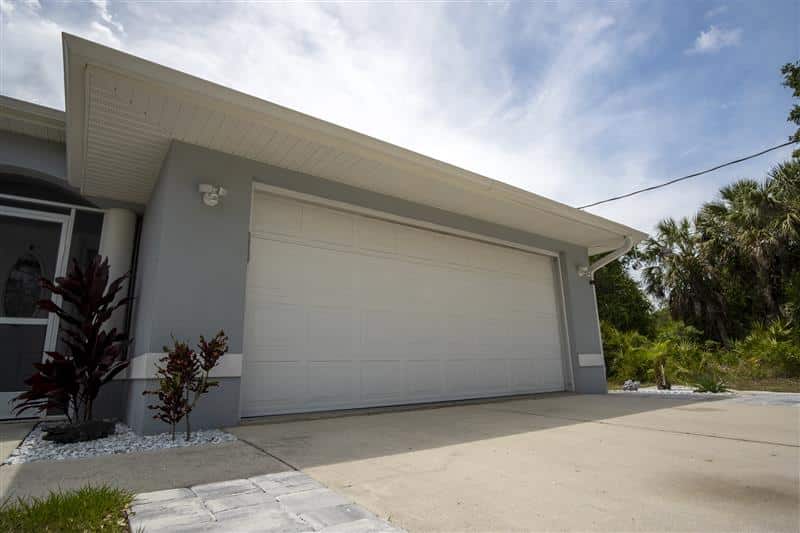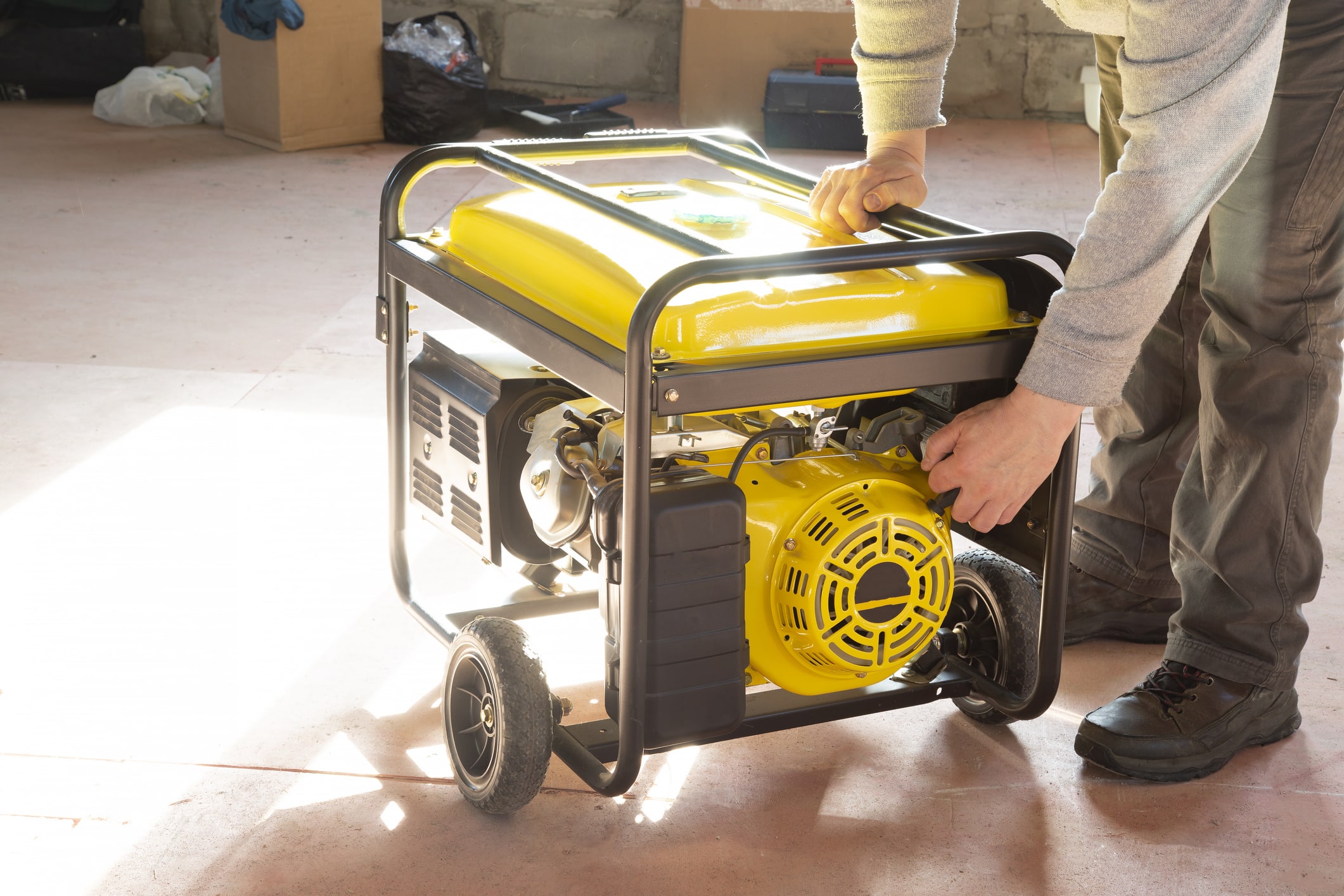Is Your Fence Hurricane-Ready? How to Prepare Before the Storm

As hurricane season approaches, it’s essential to prepare for the impact the storm may bring. We all know to stock up on water, food, gasoline, and essentials. We also prepare our home by adding storm shutters or plywood and securing outside items. The fencing on your property is often overlooked, though. Yet it can sustain damage during a hurricane, which can cost you money to repair while leaving your property unsecured. Learn more about preparing your fence for a hurricane.
How Hurricanes Can Impact Your Fence
Hurricanes bring high winds, torrential rains, and often lightning. The main elements that cause fence damage are:
- Wind: High winds are one of the biggest contributors to fence damage. The direction of the winds can change or swirl, and the sudden increased gusts can cause tremendous pressure on the integrity of the fence.
- Water: With heavy rainfalls associated with a hurricane, the ground can become sodden or flooded. This excessive water can soften the ground and undermine the foundation of the fence, causing it to fall.
- Debris: Winds pick up debris such as tree branches, unsecured outdoor equipment, or damaged structures. These gale-force winds can hurl debris with powerful force at the fence, causing it to break, lean, or collapse completely.
What Are the Common Damages to Fences During a Hurricane?
While damage to the structure of the fence is common, other problems can occur during a hurricane, including:
- Erosion and rotting: Depending on how long the hurricane lasts, how much rain is involved, and whether your home sees storm surge, erosion of the land and, depending on the fencing material, rotting of the fence can occur.
- Breakage and splintering: Hurling debris can cause fences to break or splinter.
- Leaning and collapse: With sustained rainfall and high winds, fences can start to lean and even collapse.
Common Fencing Materials
Depending on the homeowner’s preference and budget, the common types of fencing materials are:
Wood
Wood is one of the more common types of fencing materials. Cedar, cypress, pine, and redwood are often used, not only for their beautiful aesthetic appeal, but for their durability. While wood fences are beautiful, they are also easily damaged by water and high winds. Wood fences require regular maintenance to keep them looking new and help maintain their integrity.
Metal
Metal fences are strong, durable, and add a high level of security to your property. Unlike wood, which is susceptible to rain, metal can better withstand the forces of water, especially with proper anchoring. However, without proper protection, metal fences can begin to oxidize and rust, weakening their structure.
Vinyl
Vinyl fences are a popular choice for hurricane-prone areas. This type of fencing requires minimal maintenance as it doesn’t need painting or staining. Vinyl fences are easy to keep clean and are not susceptible to rot or rust.
Pre-Hurricane Preparations for Fences
Regular maintenance is essential for preparing your fences before the hurricane season. Check the anchoring and drainage for all types of fencing, and make repairs before the hurricane hits.
- Wood fences: Inspect for rot or loose boards, or broken hardware, and replace as needed. Seal and treat the wood with weather-resistant compounds.
- Metal fences: Again, inspect for cracks or rust and weak connections and hardware, and have them fixed. Treat the fence with anti-corrosion or anti-rust formulas.
- Vinyl fences: Inspect for cracks or splinters that indicate a weak spot in the fence. While vinyl does not need treatment, be sure the anchoring system is solid and all hardware is functioning properly.
How to Extend the Lifespan of Your Fences
Fences are a big investment, help secure your property, and add a personalized appearance to your home or property. Even during the post-hurricane season, there are steps to ensure your fence lasts and stays durable for its lifespan, including:
Regular Maintenance and Repairs
Walk or drive the fence line periodically to check for weak points or broken sections. Treat the wood and metal as recommended by your local fencing company or by following the instructions on the treatment container. Make repairs in a timely manner. The stronger the fence, the better it will withstand the forces of a hurricane.
Professional Installation and Anchoring
When you have your fence installed, have it done by a reputable fencing company that understands how important it is to choose the right material and how to anchor the fence. Deep anchoring of the posts in concrete will help with the stability of the fence, especially during high winds and excessive rainfall. If your fence is installed on a concrete slab or flagstone patio, the fencing contractors will use a surface mounting system to secure the fence.
Upgrade the Gate and Hardware
Hardware like gate hinges, locks, latches, and handles will help keep the fence secure. If the gate itself is damaged, consider replacing it. The gate is one of the weakest points of the fence, and can become damaged more quickly during a hurricane.
Other Considerations for Your Fences
In addition to regular maintenance, treatments, and secure anchoring systems, other considerations for your fence include:
Hurricane-Resistant Additions
Depending on your location, you can plant wind breaks outside the fencing to slow the wind gusts and help prevent damage to the fence. Hire a landscape contractor who can help design wind barriers pleasingly.
Check Your Homeowners’ Insurance Policy for Coverage
Many insurance policies have repair or replacement coverage for a damaged fence, as long as it states wind damage coverage, which some policies don’t have. In addition, if the fence is damaged by a neglected or diseased tree or the fence is poorly maintained, the coverage may not apply.
Fencing is an important part of your home or property. You want to keep it safe from hurricane forces by inspecting it, treating the material, making repairs as needed, and ensuring there is proper drainage around the fence line. Keep your fence durable and looking like new with regular upkeep.



